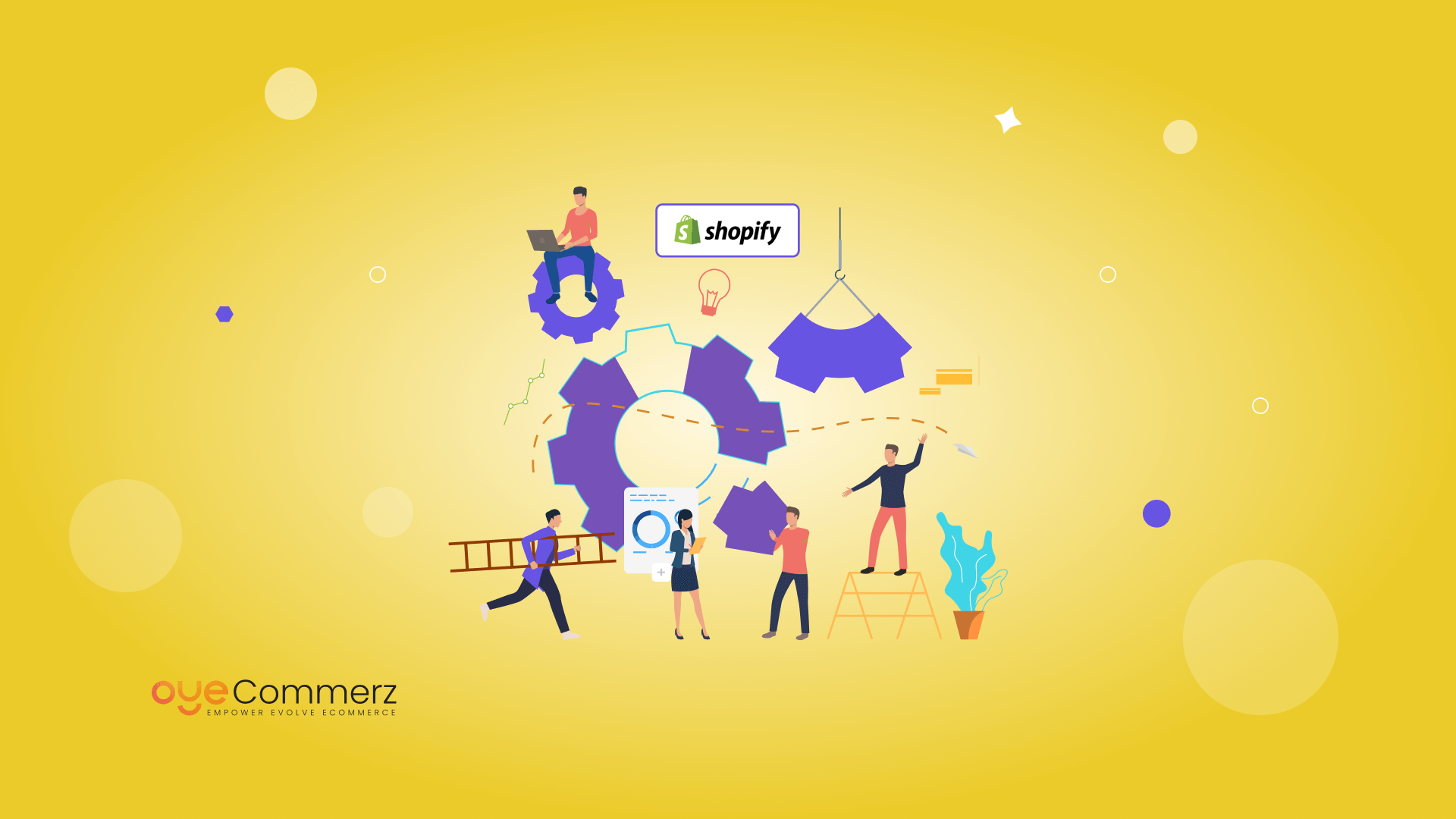Overview
In today’s competitive e-commerce landscape, differentiating is essential, and a top method to differentiate a Shopify store is through custom app creation. A robust Shopify app can boost store functionality, streamline operations, and elevate customer interaction. This guide explores key aspects of Shopify app development, from API integration to scaling strategies and promotion methods, providing a roadmap for companies looking for superior store efficiency.
Why Shopify API Integration Matters
Shopify’s API provides powerful tools to customize and extend store capabilities. With GraphQL and REST APIs, developers can access data to create apps that handle inventory management, order processing, and customer data management seamlessly. Integrating Shopify’s API can lead to better workflow automation and allows stores to serve customers more efficiently.
Utilizing the Polaris Design System
Polaris is Shopify's design system for creating user-friendly and easy-to-use Shopify apps. By adhering to Polaris guidelines, developers guarantee that apps integrate smoothly within the Shopify Admin experience. This provides a cohesive look and feel that appeals to Shopify merchants, encouraging usability and comfort for merchants using your custom app.
Understanding the Shopify App Ecosystem
The Shopify app ecosystem offers endless possibilities for enhancing online stores. From handling order fulfillment to increasing customer interaction, apps in this ecosystem are designed to meet various business requirements. Learning about this ecosystem helps developers in identifying unique app opportunities and enables smooth connections of external tools that enhance the store.
Building Embedded Shopify Apps
Embedded apps work seamlessly within the Shopify Admin, allowing a seamless experience for merchants. They ensure that merchants don’t have to leave their Shopify dashboard, simplifying their process. Using Shopify App Bridge and embedded app capabilities is a best practice for offering a cohesive, well-integrated user environment.
Using Node.js and React for Shopify Apps
Node.js and React have emerged as ideal tools for Shopify app development. This server-side framework enables efficient back-end services, while React allows for dynamic, responsive Customizing Shopify with embedded apps front-end user interfaces. Together, they offer an excellent platform for creating speedy, scalable Shopify apps that improve store functionality and customer engagement.
Webhooks in Shopify Apps
Webhooks enable instant data updates between Shopify and an external app. They trigger events such as order creation or stock changes and provide immediate alerts to your app. By implementing webhooks, apps can deliver real-time insights for store owners, simplifying processes and increasing efficiency.
Customer Engagement and Digital Marketing for Shopify Apps
To ensure Shopify app success, connecting with users is key. Utilizing digital marketing strategies like SEO, email marketing, and social media campaigns can increase app usage. Additionally, creating applications with customer interaction as a focus (e.g., loyalty programs or personalized suggestions) boosts user loyalty and satisfaction.
Scaling Your Shopify App
As e-commerce stores expand, so do their technology requirements. Ensuring that your app can manage increased traffic, larger databases, and more advanced functionalities is essential. By optimizing server capacity and implementing scalable technologies, you can develop apps that expand in tandem with a store’s success.
Essential Features and Maintenance for Shopify Apps
For an app to be effective, it should offer essential features like user authentication, analytics dashboard, and customer support options. Regular app maintenance, including updates to fix bugs and ensuring compatibility with new Shopify features, is vital to maintain continuous operation and avoid interruptions to merchant workflows.
Conclusion
Custom Shopify app development offers immense opportunities for e-commerce businesses, offering the ability to improve store functionality, streamline processes, and build customer relationships. From integrating APIs to ensuring scalability and customer interaction, building a Shopify app Polaris design system requires thoughtful preparation and well-planned actions. If you’re ready to unlock your store’s full potential, a custom Shopify app could be the ideal solution. What features do you see for your ideal app? Share your thoughts and begin the journey to an optimized e-commerce experience!
